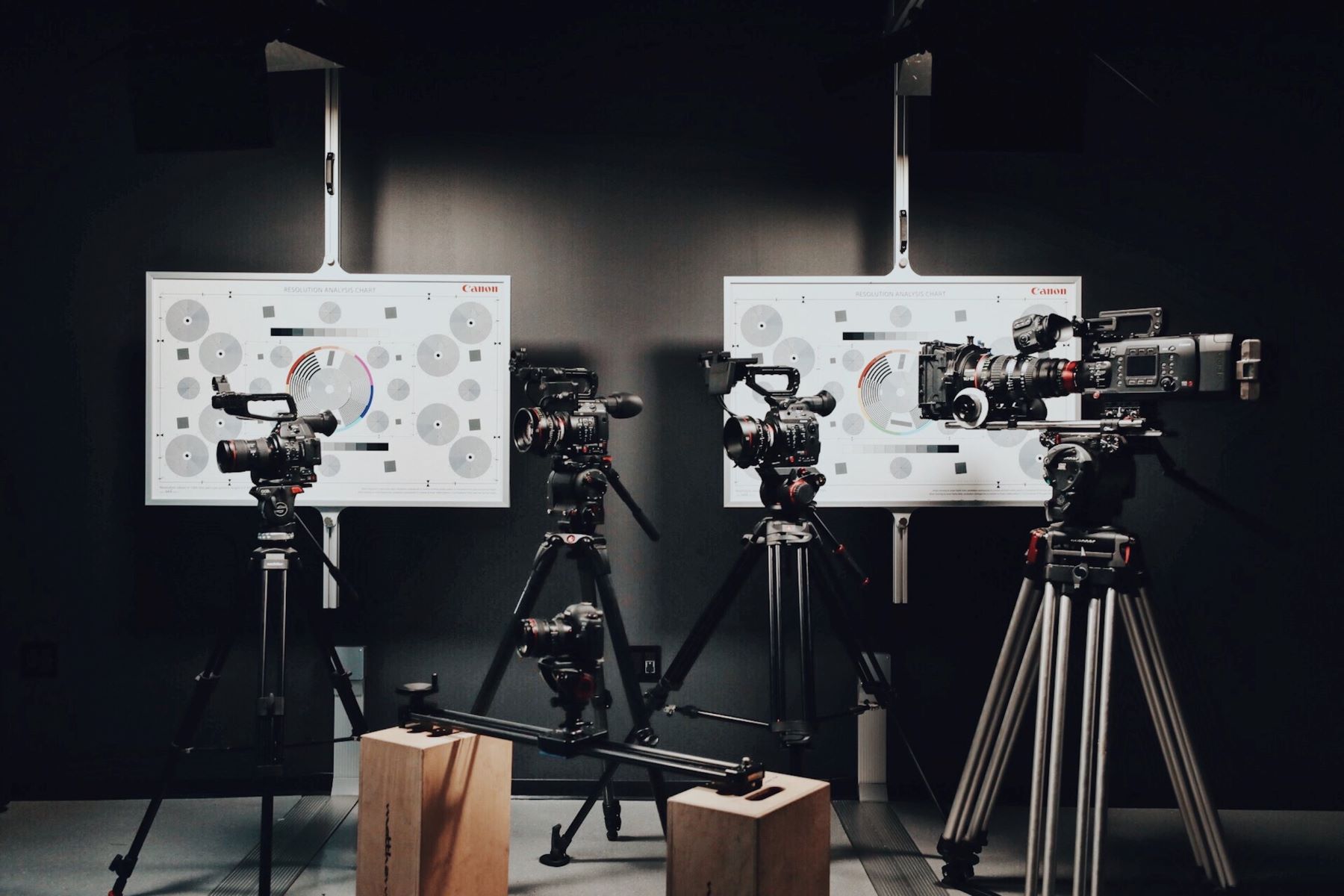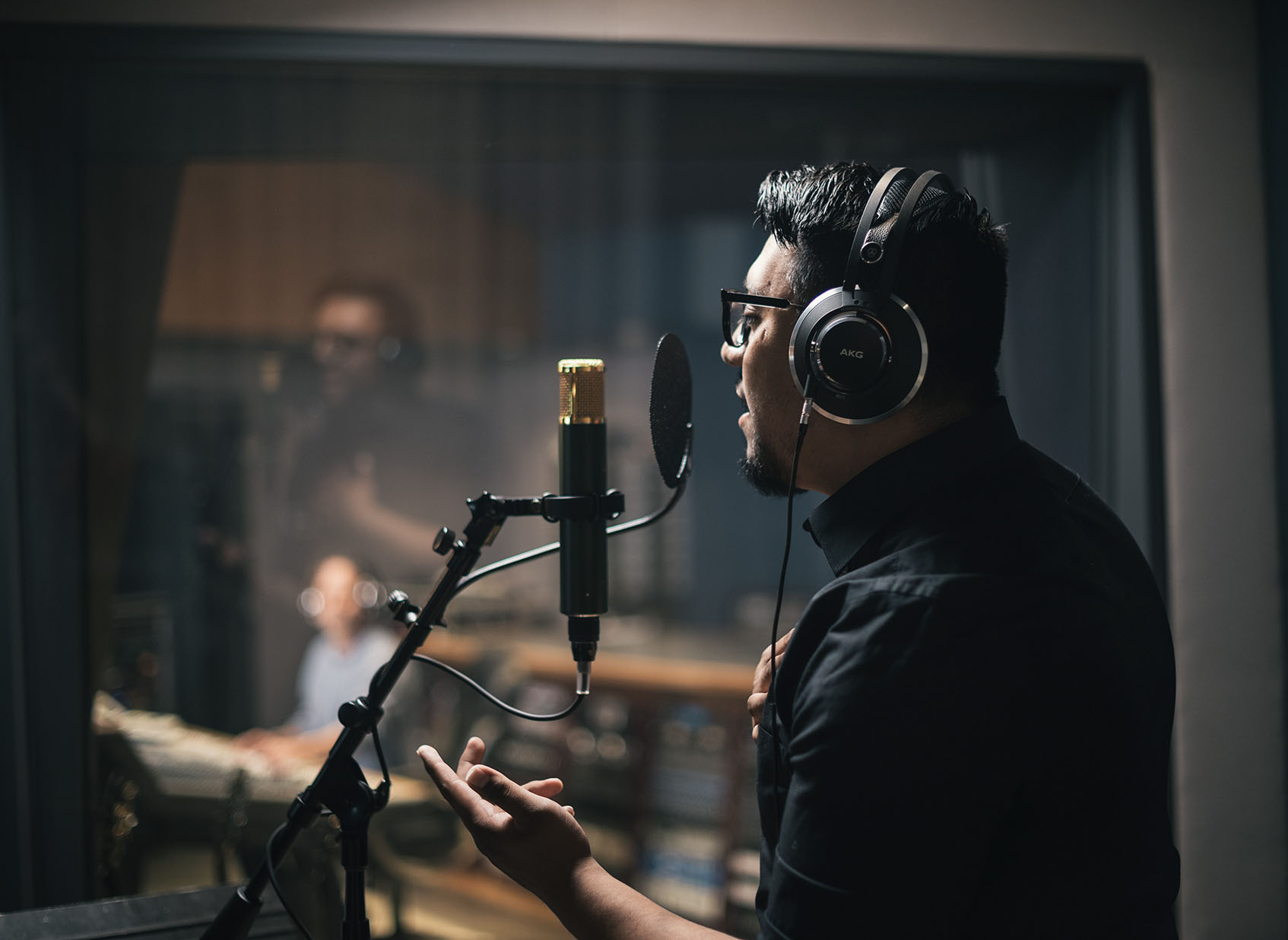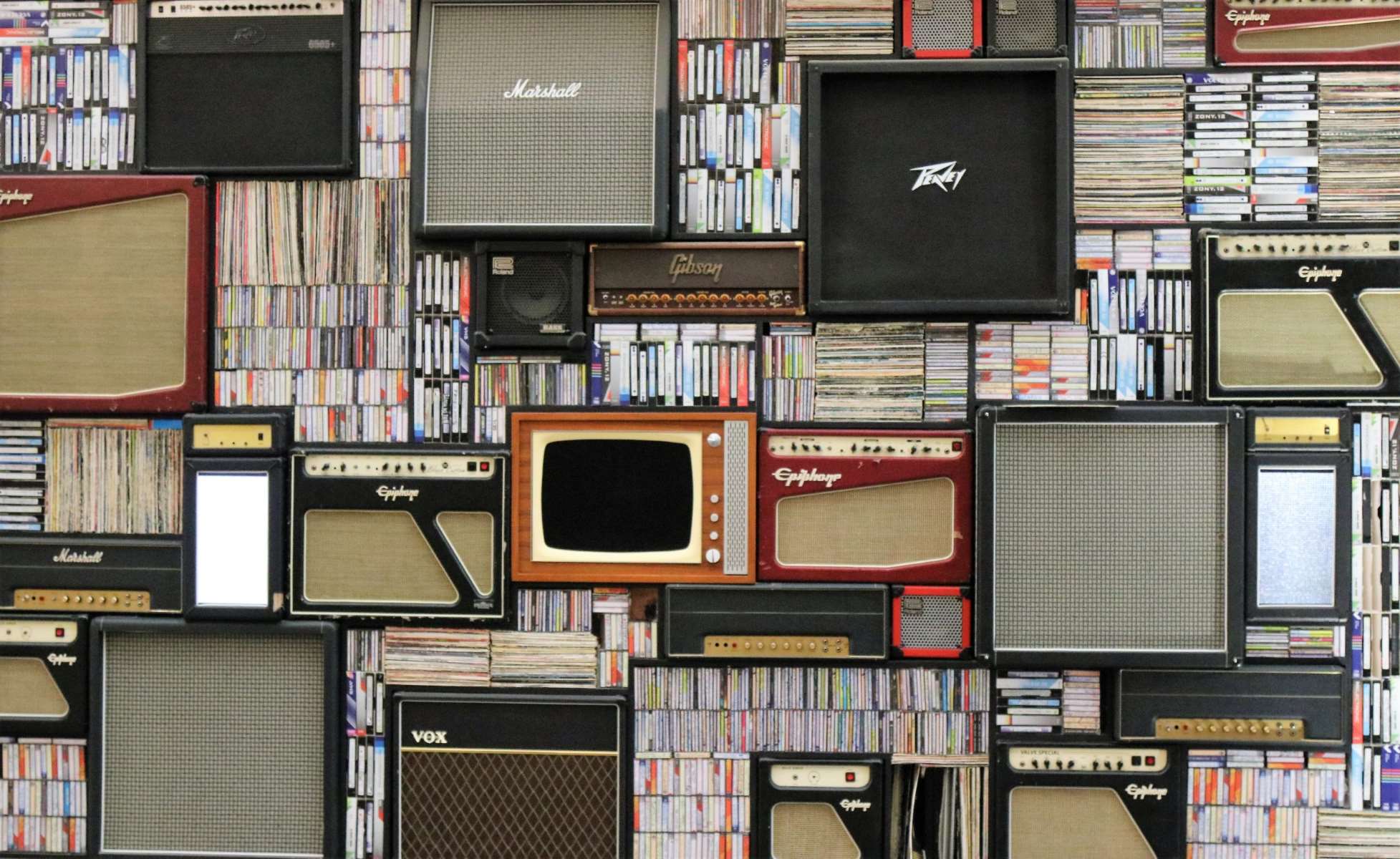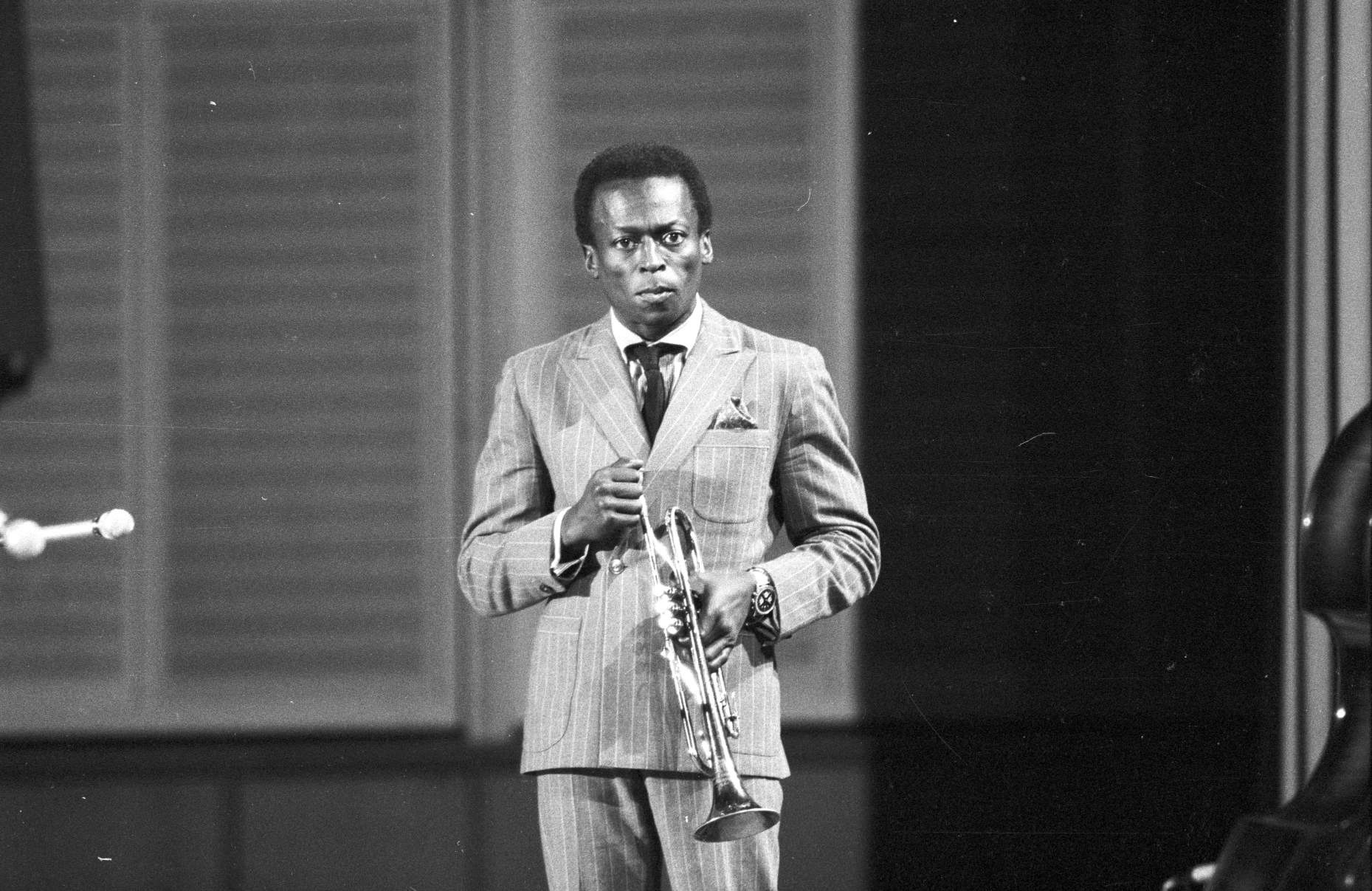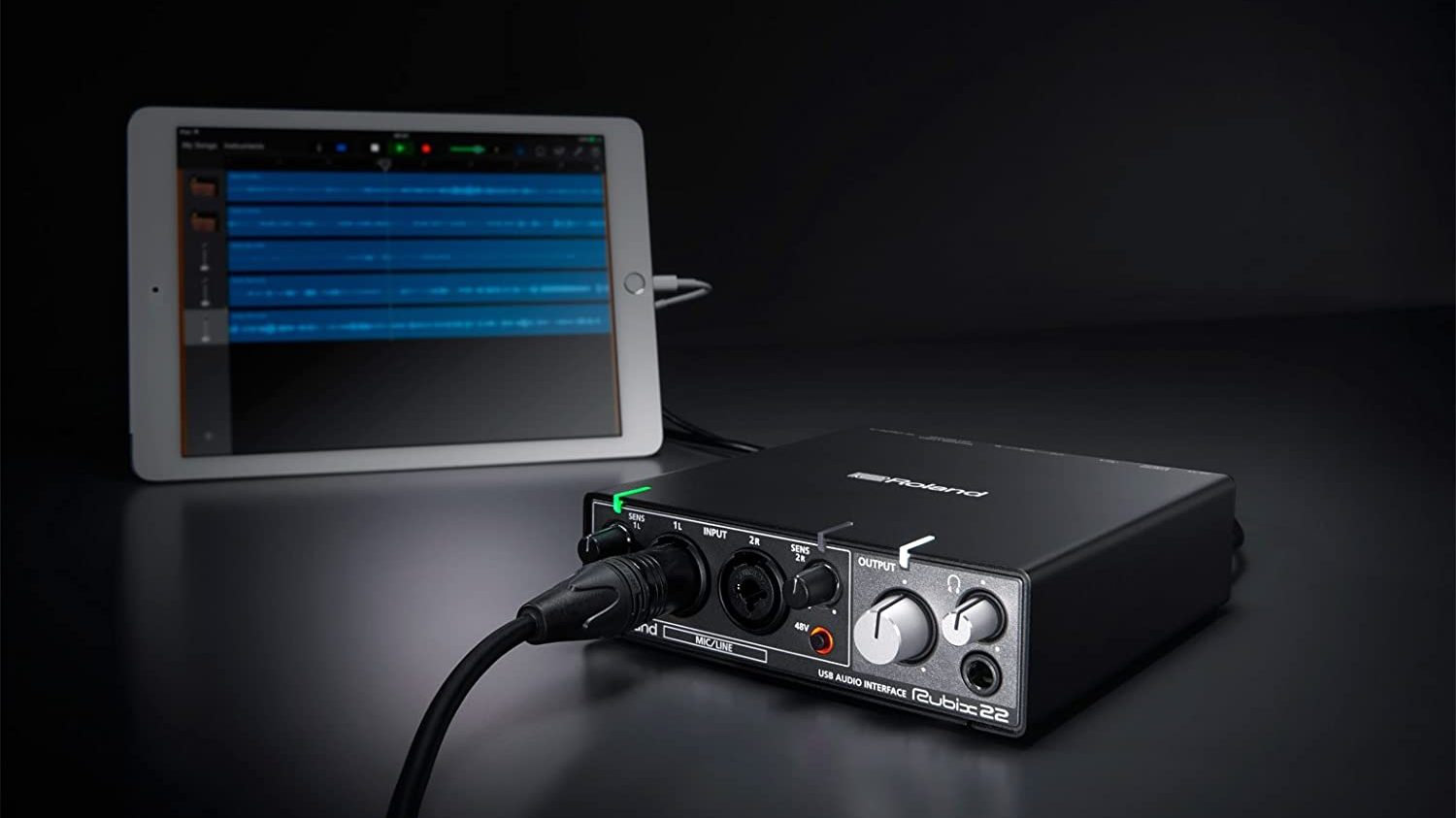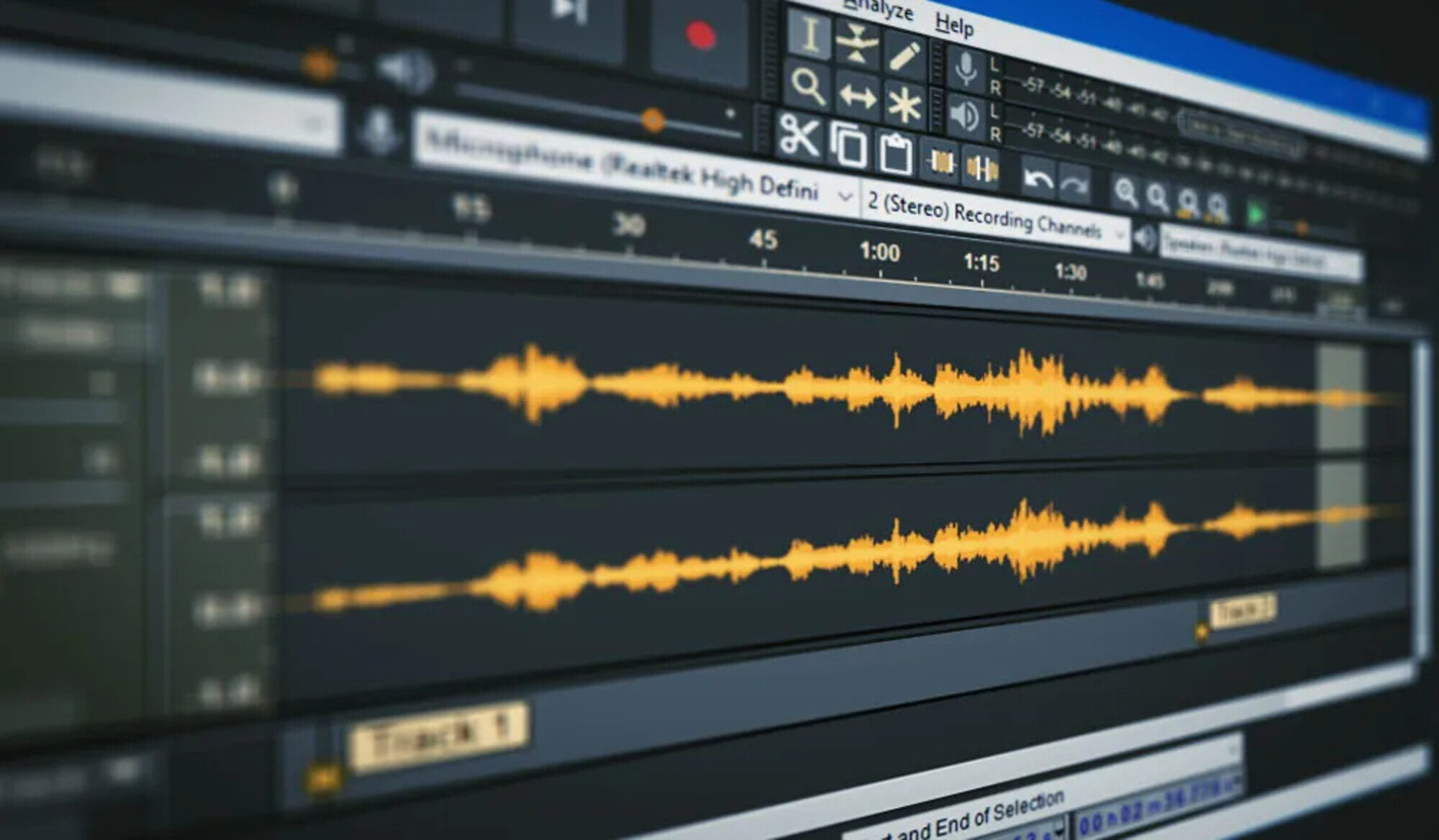Home>Devices & Equipment>Microphone>What Kind Of Microphone Is Best For Recording Vocals
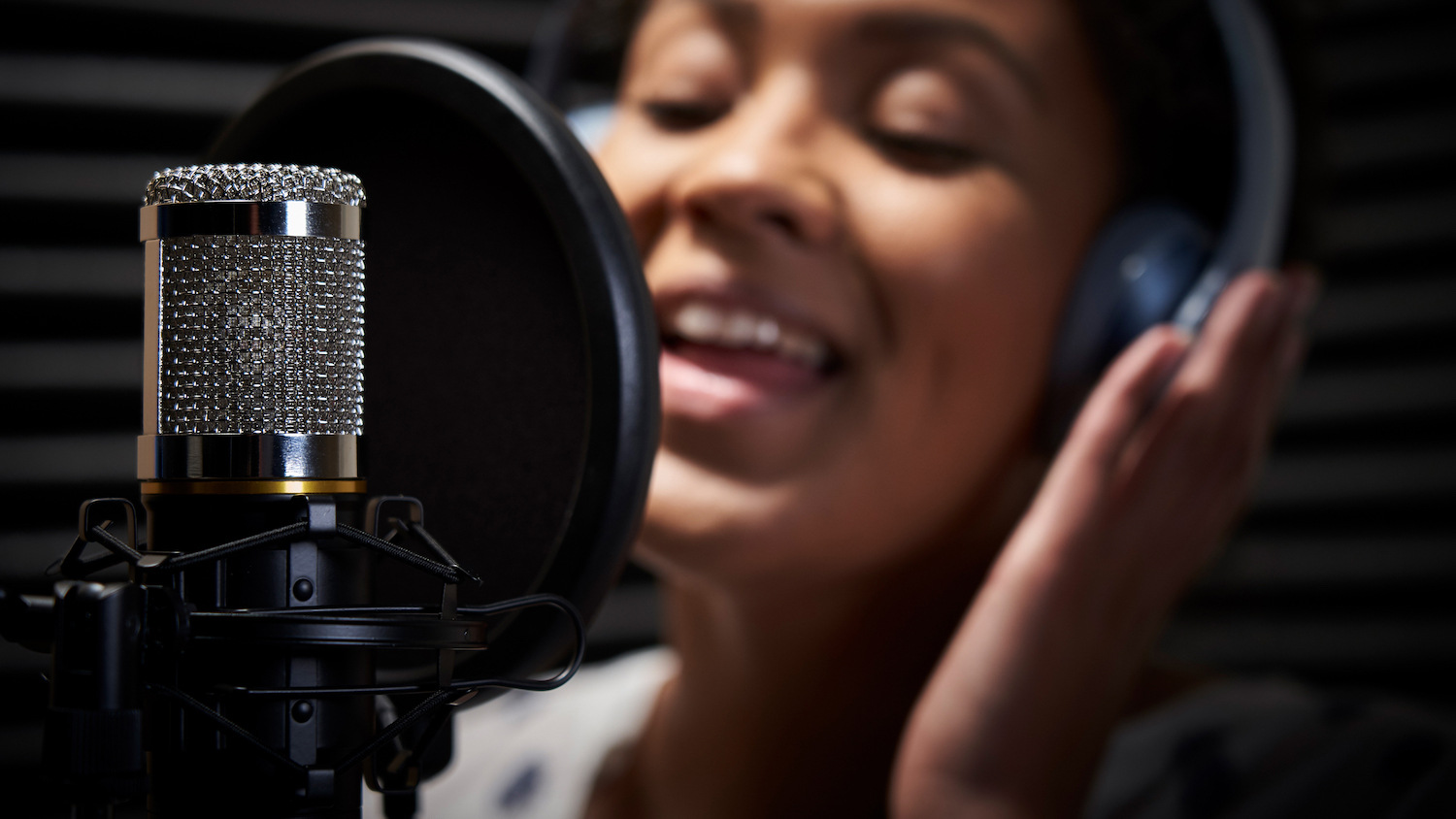

Microphone
What Kind Of Microphone Is Best For Recording Vocals
Published: February 17, 2024
Discover the best microphone for recording vocals and improve your sound quality. Find the perfect microphone for your needs and budget.
(Many of the links in this article redirect to a specific reviewed product. Your purchase of these products through affiliate links helps to generate commission for AudioLover.com, at no extra cost. Learn more)
Table of Contents
Introduction
When it comes to recording vocals, the choice of microphone plays a pivotal role in capturing the nuances and emotions of a performance. The right microphone can make all the difference, elevating a recording from good to exceptional. However, with a plethora of options available in the market, choosing the best microphone for recording vocals can be a daunting task.
Understanding the different types of microphones and their unique characteristics is essential for making an informed decision. Each type of microphone has its own strengths and is suited to specific recording environments and vocal styles. From dynamic and condenser microphones to ribbon and USB microphones, each type offers distinct advantages and considerations.
In this comprehensive guide, we will delve into the various types of microphones commonly used for recording vocals, exploring their features, applications, and considerations. By the end of this article, you will have a clear understanding of the best microphone options for capturing stunning vocal performances, whether in a professional studio setting or a home recording environment.
Dynamic Microphones
Dynamic microphones are renowned for their durability and versatility, making them a popular choice for recording vocals in live performances and studio settings. These microphones operate on electromagnetic induction and are capable of handling high sound pressure levels, making them ideal for capturing powerful and loud vocal performances.
One of the key advantages of dynamic microphones is their ability to minimize background noise and feedback, making them well-suited for live vocal recording. Their robust construction and resistance to moisture and rough handling make them reliable workhorses in various recording environments.
When it comes to recording vocals with a dynamic microphone, the proximity effect comes into play. This phenomenon enhances the bass response when the microphone is positioned close to the sound source, resulting in a warm and rich vocal tone. Dynamic microphones are often favored for recording rock, blues, and punk vocals, where a dynamic, impactful sound is desired.
Popular dynamic microphones for recording vocals include the Shure SM58, renowned for its legendary reliability and clear, vibrant sound reproduction. The Electro-Voice RE20 is another standout choice, celebrated for its ability to capture vocals with exceptional clarity and detail, making it a go-to microphone for broadcasting and voiceover work.
While dynamic microphones excel in capturing loud and dynamic vocal performances, they may not offer the same level of sensitivity and high-frequency detail as condenser microphones. As a result, they are often preferred for recording genres and vocal styles that require a robust and impactful sound, where subtle nuances take a back seat to raw power and energy.
Condenser Microphones
Condenser microphones are revered for their exceptional sensitivity and ability to capture the nuances and subtleties of vocal performances with unparalleled clarity. Unlike dynamic microphones, condenser microphones utilize an electrically-charged diaphragm and a backplate to convert sound waves into electrical signals. This design allows condenser microphones to deliver a wider frequency response and transient accuracy, making them ideal for capturing detailed vocal performances with precision.
One of the defining characteristics of condenser microphones is their sensitivity to sound pressure, making them well-suited for capturing delicate vocal nuances, intricate vocal runs, and expressive dynamics. This makes condenser microphones a popular choice for recording genres such as jazz, classical, and acoustic music, where capturing the full range of vocal intricacies is paramount.
Condenser microphones come in two main varieties: large-diaphragm and small-diaphragm. Large-diaphragm condenser microphones are favored for their warm and rich sound signature, making them well-suited for capturing intimate vocal performances with a touch of vintage character. Small-diaphragm condenser microphones, on the other hand, excel in capturing fast transients and detailed high-frequency content, making them ideal for recording vocals with exceptional clarity and articulation.
When it comes to choosing a condenser microphone for recording vocals, the Neumann U87 stands as a legendary choice, revered for its pristine sound quality and versatility across various vocal styles. The AKG C414 is another iconic condenser microphone known for its ability to capture vocals with remarkable detail and transparency, making it a staple in professional recording studios worldwide.
While condenser microphones offer unparalleled detail and sensitivity, they are more sensitive to handling noise and require phantom power to operate. Additionally, their high sensitivity to sound pressure levels means they may not be the best choice for recording extremely loud vocal performances or in environments with excessive ambient noise.
Ribbon Microphones
Ribbon microphones are revered for their ability to capture vocals with a smooth, vintage warmth and a distinct sonic character. Unlike dynamic and condenser microphones, ribbon microphones utilize a thin strip of metal (the “ribbon”) suspended in a magnetic field to capture sound waves, resulting in a unique tonal quality that is sought after by recording engineers and artists alike.
One of the hallmark traits of ribbon microphones is their ability to impart a rich, velvety texture to vocal recordings, adding a sense of depth and musicality to the sound. This makes ribbon microphones a popular choice for capturing vocals in genres such as jazz, blues, and soul, where a lush and intimate sonic character is desired.
Ribbon microphones are known for their smooth frequency response and natural roll-off in the high frequencies, which can lend a vintage charm to vocal recordings. This sonic signature makes ribbon microphones well-suited for taming harsh vocal sibilance and capturing vocals with a sense of warmth and nostalgia.
When selecting a ribbon microphone for recording vocals, the Royer R-121 stands out as a renowned choice, celebrated for its ability to capture vocals with a silky smoothness and a vintage allure. The Coles 4038 is another iconic ribbon microphone that has earned a stellar reputation for its ability to imbue vocals with a timeless, classic sound character.
While ribbon microphones excel in capturing vocals with a vintage aesthetic, they may not offer the same level of high-frequency detail and transient response as condenser microphones. Additionally, due to their delicate ribbon element, ribbon microphones require careful handling to avoid damage, making them better suited for controlled studio environments.
USB Microphones
USB microphones have revolutionized the landscape of vocal recording by offering a convenient and accessible solution for capturing high-quality audio directly to a computer or mobile device. These microphones feature built-in analog-to-digital converters, allowing users to bypass traditional audio interfaces and directly connect the microphone to a USB port for seamless recording.
One of the key advantages of USB microphones is their plug-and-play functionality, making them an ideal choice for content creators, podcasters, and home recording enthusiasts seeking a user-friendly setup. With their simple connectivity and compatibility with a wide range of devices, USB microphones have democratized the process of capturing professional-quality vocal recordings without the need for complex audio gear.
USB microphones come in a variety of designs, including condenser, dynamic, and hybrid models, offering users the flexibility to choose a microphone that best suits their vocal recording needs. Many USB microphones also feature onboard headphone monitoring and volume controls, allowing for real-time monitoring of vocal performances with minimal latency.
When it comes to selecting a USB microphone for recording vocals, the Blue Yeti has garnered widespread acclaim for its versatility and exceptional sound quality, making it a popular choice for podcasting, streaming, and vocal recording. The Audio-Technica AT2020USB+ is another standout USB microphone, known for its crisp and detailed sound reproduction, making it well-suited for capturing vocals with clarity and precision.
While USB microphones offer convenience and ease of use, they may not always provide the same level of sonic performance and flexibility as traditional XLR microphones paired with dedicated audio interfaces. Additionally, some USB microphones may have limitations in terms of upgradeability and advanced signal processing compared to professional studio setups.
Conclusion
Choosing the best microphone for recording vocals is a decision that hinges on a myriad of factors, including the vocal style, recording environment, and desired sonic characteristics. Each type of microphone—dynamic, condenser, ribbon, and USB—offers unique strengths and considerations, catering to a diverse range of vocal recording needs.
Dynamic microphones stand as robust and reliable choices for capturing powerful and impactful vocal performances, making them well-suited for live settings and genres that demand a raw, energetic sound. Their ability to minimize background noise and handle high sound pressure levels positions them as go-to options for dynamic vocalists and live performers.
On the other hand, condenser microphones excel in capturing the subtleties and nuances of vocal performances with exceptional detail and transparency. Their wide frequency response and sensitivity make them ideal for genres and vocal styles that require precision and expressive dynamics, shining in studio environments where sonic clarity is paramount.
Ribbon microphones offer a vintage sonic allure, imbuing vocal recordings with a smooth and rich tonal character that resonates with genres steeped in nostalgia and intimacy. Their ability to impart a sense of warmth and musicality to vocal performances makes them sought after for capturing vocals with a timeless, classic appeal.
USB microphones have democratized the process of recording vocals, offering a convenient and accessible solution for content creators and home recording enthusiasts. Their plug-and-play functionality and compatibility with a wide array of devices have made professional-quality vocal recording more attainable without the need for complex audio setups.
Ultimately, the best microphone for recording vocals is the one that aligns with the unique sonic and practical requirements of the recording project. Whether capturing the raw energy of a live performance, the delicate nuances of a vocal ballad, or the vintage charm of a classic crooner, understanding the strengths and considerations of each microphone type is crucial for making an informed and inspired choice.
By leveraging the distinctive characteristics of dynamic, condenser, ribbon, and USB microphones, recording artists and engineers can embark on a sonic journey, capturing captivating vocal performances that resonate with emotion, authenticity, and artistic vision.

